You will be equipped with the following tools:
-
Coloring In For Emotional Clarity
Allow clients to connect to their emotions and gain clarity around the different emotional states experienced in a given situation.
-
Exploring Action Tendencies
Increase awareness of action tendencies that result from both positive and negative emotions.
-
Extracting Needs from Emotions
Identify the personal needs that are satisfied as indicated by the experience of positive and negative emotions.
-
Healing through Writing
Help clients find meaning and resolution in their trauma through the writing process.
-
Pushing the Ball Under Water Metaphor
Help clients clarify the distinction between suppression and acceptance of experiences.
-
Positive Emotion Brainstorm
Generate possible ideas for your client to increase positive emotions in daily life.
-
Reading Facial Expressions of Emotions
Help clients develop the important life skill of reading the emotions of others by deciphering facial expressions.
-
Ripple Effects from Emotions
Increase awareness of the consequences of expressing emotions to others.
-
Self-reflecting on Emotional intelligence
Help clients to take a closer look at their own emotional skills and to systematically assess these skills through an emotionally intelligent lens.
-
The Consequences of Experiential Avoidance
Make a client aware of the long-term effects and pitfalls of experiential avoidance.
-
The Emotion Meter
Help clients build the skills of recognizing and labeling emotions.
-
The Feeling Dictionary
Increase the client’s level of emotional awareness by asking to define feelings or emotions in terms of the thoughts that usually accompany them.
-
The Feeling Wheel
Train people to be more detailed in describing their feelings and recognize emotions with more accuracy.
-
The Neuroanatomy of an Emotion
Teach clients the neuroanatomy of emotions to (1) help them understand what is occurring during emotional distress and (2) learn how to effectively reduce this stress based on these insights.
-
Using Music to Express Feelings
Facilitate clients in commutating their feelings and concerns by using music as a medium to “translate” personal experiences.
-
When Hot Buttons Are Pushed
Help people identify what their personal triggers (hot buttons) are – and to effectively address them – so that they can respond more effectively the next time they feel triggered.
-
Wise Mind Chair Work
Introduce clients to the three states of mind depicted in the DBT wise mind model through education and chair work.
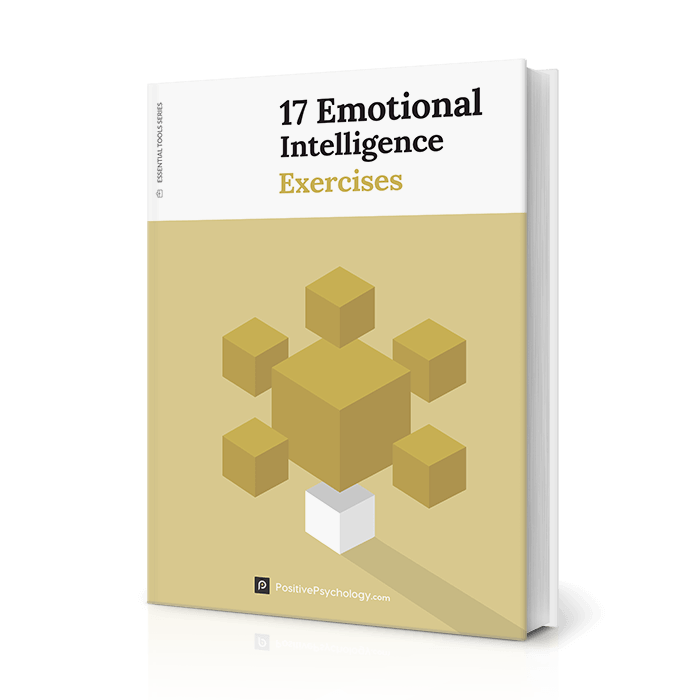
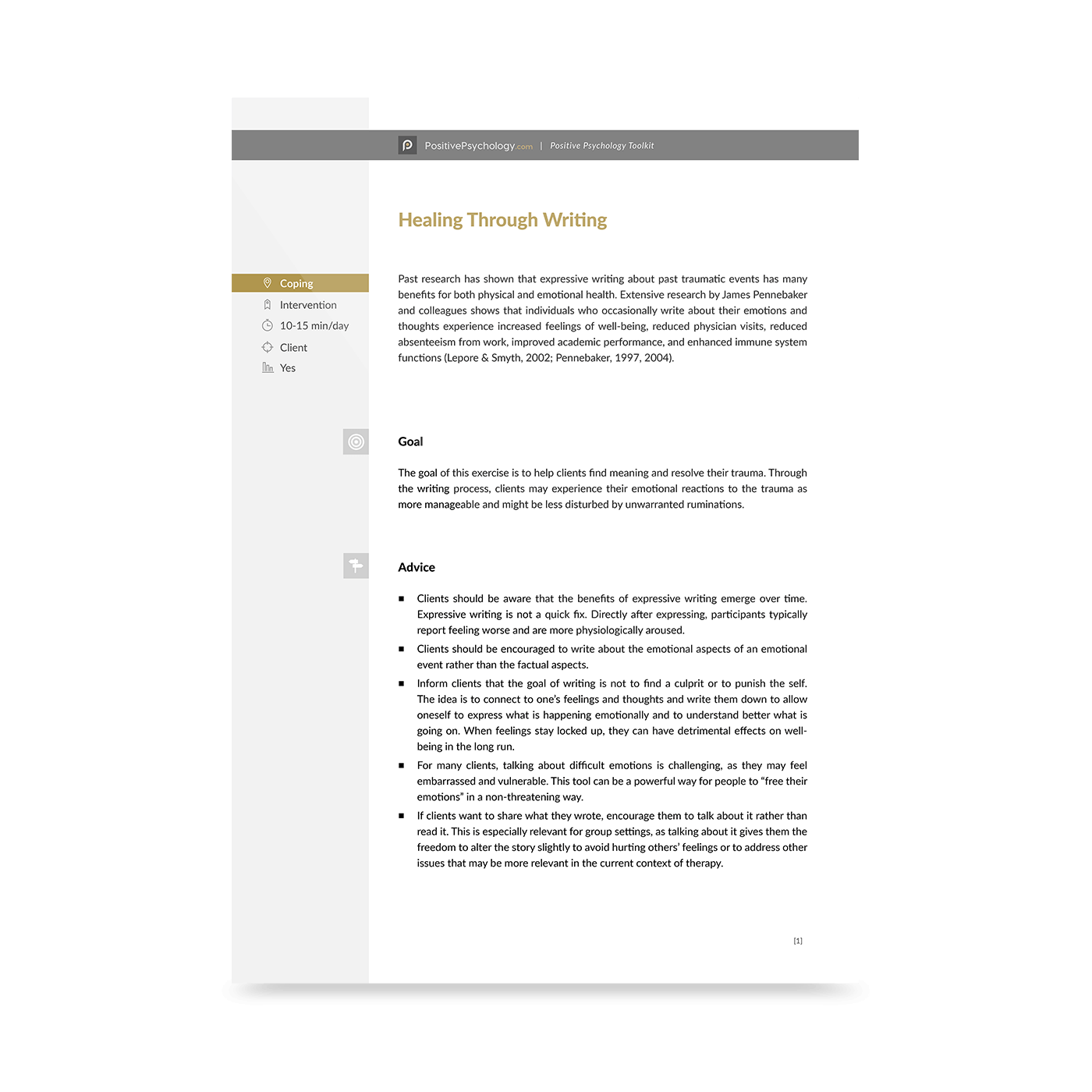

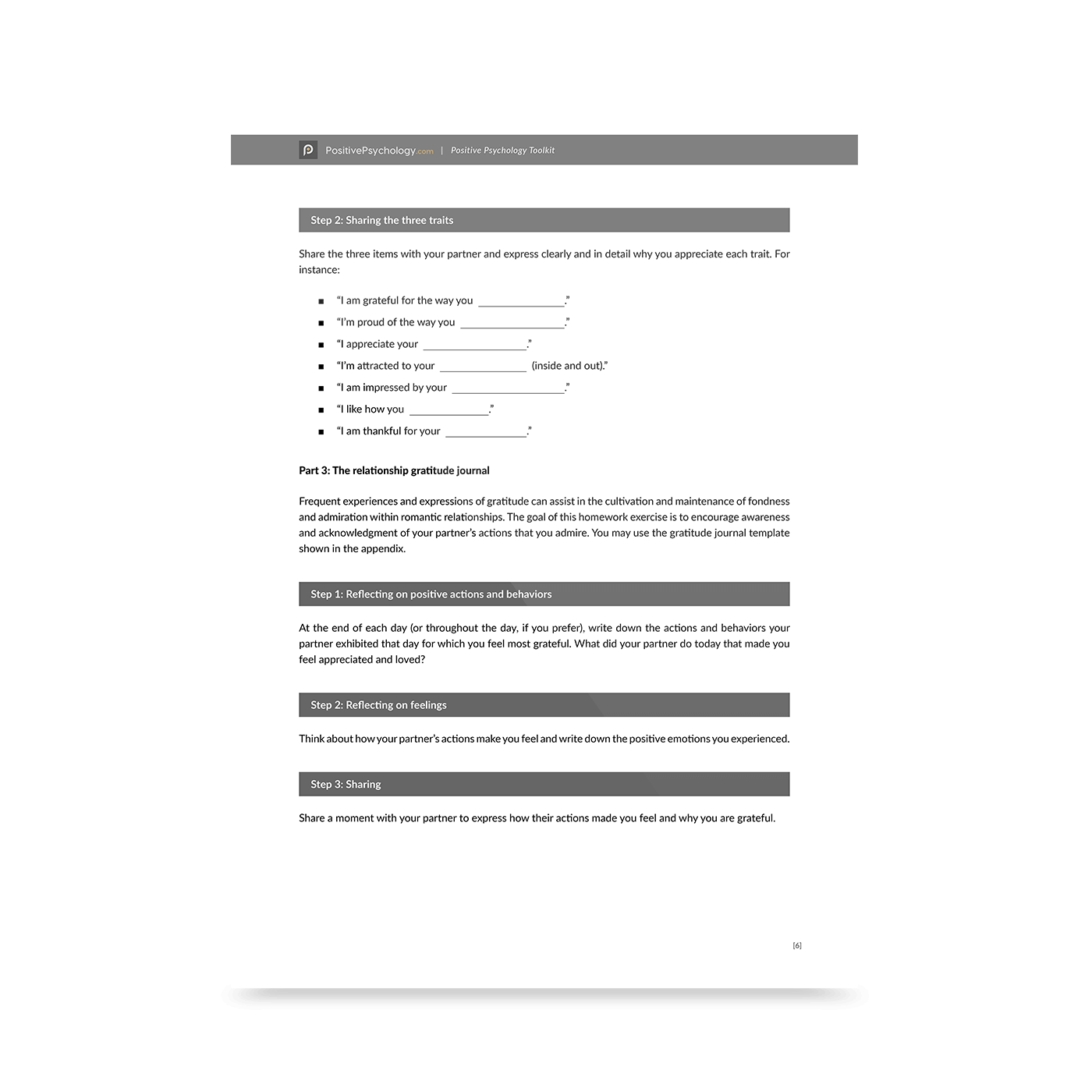


















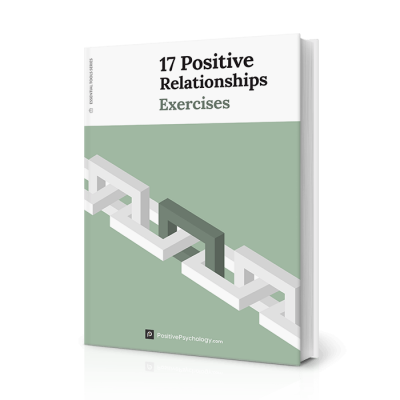
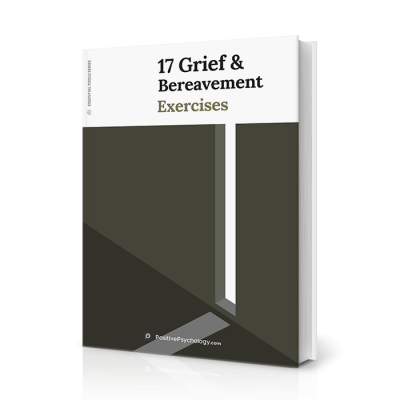
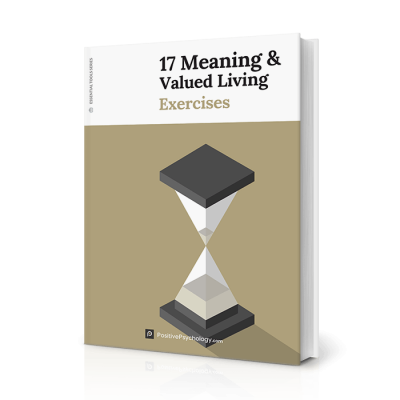
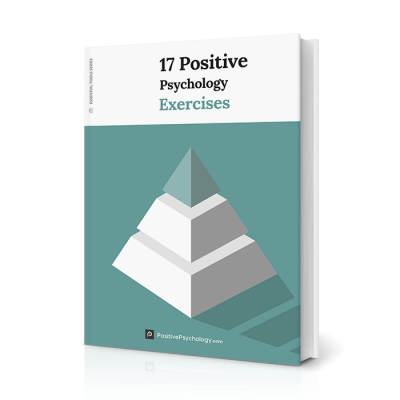
Teresa Wanjiku Ngigi –
The emotional intelligence meditation was a blast! The step-by-step guide helps one stay focused and the results are amazing. Thanks so much for this great job and keep it up!
Leah Rubinstein –
I enjoyed using these exercises for my clinical practice. It is a great tool for the cognitive work, it makes the information they (clients) have been holding on to tangible, a big aid in the healing process. Also, it really helped me save time and added to my professional resources.
Milena Torbica Miloradovic –
I like to use the exercises of the 17 Emotional Intelligence Exercise package and so far they have helped me a lot in my personal development as well as in working with clients. There`s a lot of beautiful and useful exercises like Mindfulness exercises, Interpersonal Effectiveness, EI Questionnaire, exercises that teach us about how to react when hot buttons are pushed…. couldn’t pick which was better. All of them are great and I gladly recommend it to the people who want to work on their own development and improve their relationships with others, or to use them in the coaching process…